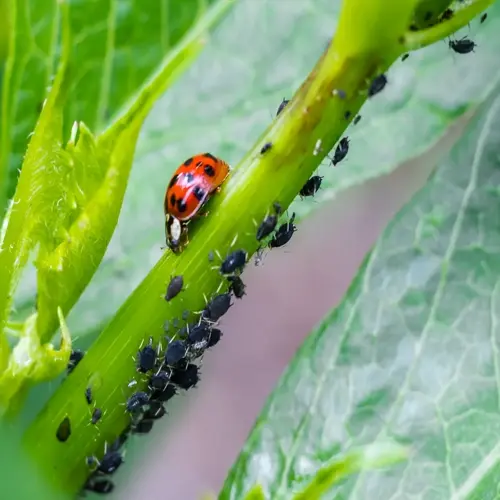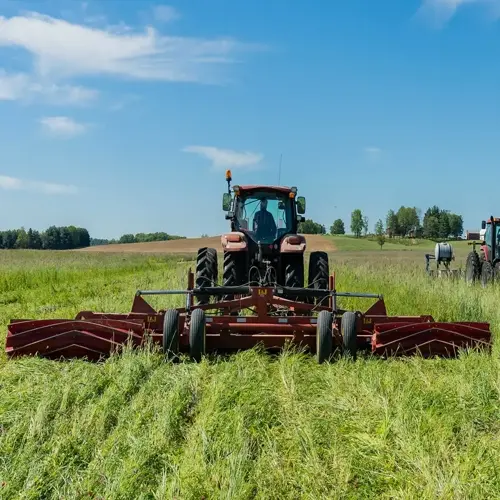Do all fruit trees need annual pruning?

Written by
Nguyen Minh
Reviewed by
Prof. Samuel Fitzgerald, Ph.D.Not all types of fruit trees need annual pruning, contrary to what most people think. Different species and growth stages have their respective needs, which determine the frequency of pruning. Mature apple trees thrive under a regime that permits pruning every two or three years. Peach trees, however, require annual summer attention. Young trees also need close attention continuously, whereas citrus trees will respond favorably to minimal attention. I schedule my orchard accordingly.
Pome Fruits
- Examples: Apples, pears, quinces
- Mature trees: Every 2-3 years
- Young trees: Annual structural training
- Exception: Vigorous varieties need light annual thinning
Stone Fruits
- Examples: Peaches, cherries, plums
- Requirement: Annual summer pruning
- Purpose: Prevents bacterial canker and controls size
- Timing: Immediately after harvest completion
Young Trees
- All types: Annual pruning first 3 years
- Focus: Establishing central leader structure
- Technique: Scaffold branch selection and angling
- Benefit: Creates strong lifelong framework
Stone fruits deserve close attention each year. Quick-growing plants soon have too crowded a top. Summer pruning after harvest keeps them productive. I prune my peach trees every July from the day they were budded without exception. One missed application will cause disease and lead to tangled growth, greatly reducing the quality of the fruit.
Mature pome trees require very little pruning. When trained properly, the apples hold their shape and require no attention. I prune my 15-year-old Honeycrisp every third winter, and in between, I remove only water sprouts and damaged wood. This allows for yields without over-stressing the trees.
Citrus kinds need to be pruned the least. Since they are evergreen plants and grow slowly, only occasional shaping is required. I prune my lemon tree only when there is a crossing of the branches or rubbing. If the tree is heavily pruned, there is always a check of fruit and vegetative growth at the expense of fruiting. A light thinning, every three or four years, is all that is needed for most home growers.
Young trees develop their foundation through yearly structure-pruning. The cuts made in the first season will determine the tree's shape, even twenty years later. Each winter, I spend time in training with the new additions. Continuous attention yields results and prevents the need for corrective pruning later on. Well-shaped young trees are more readily available when mature and require less pruning, thus saving work and time.
Read the full article: Fruit Tree Pruning Guide: When and How to Prune

